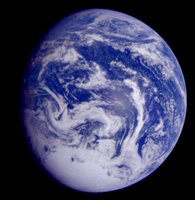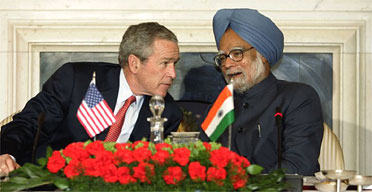Poor in the USA
Poverty lies at the heart of the current debates about globalisation, climate change and other environmental issues. The USA is held up as the prime example of a rich economy, something to which all others can aspire and work towards. Following the US model will reap inevitable rewards. But exactly how rich is the US? Or, to put it another way, just how much poverty exists there?
The statistical methods used to calculate poverty in the US today are based on 40-year-old thresholds that set a poverty line at three times the annual cost of feeding a family of three or more. Many of the key assumptions were derived from Department of Agriculture surveys from the mid-1950s.
The joke is that these thresholds are still in use today. The only significant change has been the introduction of index linking. The official number of Americans in poverty grew slightly in 2004 to 12.7 percent from the 12.5 percent recorded the previous year, representing about 37 million Americans. Since 2000, the number of people living in official poverty has increased by 5.4 million. All this is bad enough, and starkly at odds with the robust, optimistic image of the US economy projected in George W. Bush’s State of the Union address. However, there is widespread concern over inadequacies in the system.
- Food doesn’t account for one-third of a family’s budget today, making it an unrealistic cost-of-living measure.
- The model fails to take into account housing, transportation or health care—which together can amount to more than triple the average cost of food.
- The model also ignores regional variations, childcare costs and the growth of single-parent families.
There are fears that the Census Bureau is deliberately undercounting the number of poor Americans for political purposes, with significant implications for future budget policy. Alternative ‘realistic’ calculations arrive at real numbers between 18 percent (48 million) and 25 percent, or more than 70 million Americans currently unable to afford the most basic necessities.
With Peak Oil almost upon us, the outlook can only get bleaker for the United States’ forgotten underclass.




 Photo:
Photo:  Photograph: Charles Dharapak/AP
Photograph: Charles Dharapak/AP


